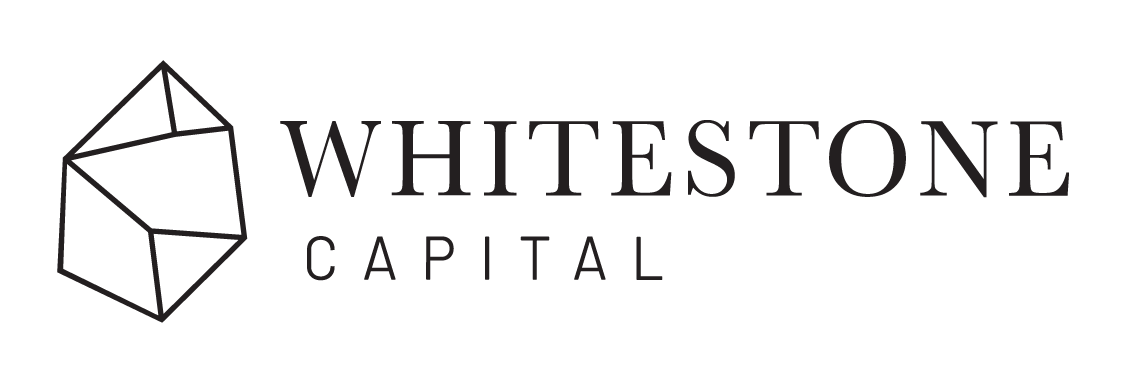Real estate remains one of the most trusted forms of investment worldwide. However, not all markets offer the same potential. A particularly compelling comparison lies between Germany and the United States—especially in the multifamily housing segment. Investors seeking reliable cash flow, tax-optimized returns, and a business-friendly legal environment often find U.S. real estate investments to be the more strategic choice.
1. High Real Returns with Cap Rates: U.S. Real Estate Has the Edge
In the U.S. real estate market, the capitalization rate—or cap rate—is the primary metric used to assess yield. It expresses annual net operating income as a percentage of the purchase price—after operating expenses but before financing costs. Typical cap rates for professionally managed multifamily properties range between 5.5% and 6.5%. Unlike the gross yield commonly referenced in Germany, the cap rate reflects realistic assumptions for maintenance, vacancies, insurance, and property management. In Germany, the gross initial yield often overstates returns, as it fails to consider transaction costs and ongoing expenses—which can reduce actual returns significantly.

2. Positive Cash Flow from Day One
One major advantage of investing in U.S. real estate is that cap rates typically exceed mortgage interest rates, which currently range between 5.1% and 6.0%. This dynamic enables investors to realize positive cash flow from day one—resulting in cash-on-cash returns between 4% and 6%, even for properties with upside potential. By contrast, Germany’s high transaction costs and lower yields often produce negative cash flows that rely on future appreciation to offset initial losses.
3. Legal Flexibility: Lease Terms that Favor Landlords
The legal framework plays a critical role in real estate investing. Germany’s rental law heavily favors tenants, making rent increases difficult and evictions time-consuming—even for non-payment. In contrast, many U.S. states—especially investor-friendly markets like Texas, Florida, and Tennessee—offer contract-based lease structures. Fixed-term leases and faster legal remedies provide landlords with greater control and predictability.
4. Demographic Tailwinds: Strong Rental Demand Across the U.S.
While Germany faces a declining and aging population, the United States is experiencing stable growth driven by birth rates, domestic migration, and immigration. This is particularly evident in Sunbelt states, where millions relocate each year. As a result, demand for rental housing remains strong—especially for affordable units—supporting high occupancy rates and long-term rent growth.

5. Trusted by Institutions: Why the U.S. Market Attracts Global Capital
Institutional investors have long favored U.S. real estate for its: deep, liquid markets; professionalized management and operations; transparent data platforms like CoStar and Yardi; tax-efficient structures (LLCs, LPs, depreciation); and diversification within a single country. An emerging trend—’Renters by Choice’—further supports stable income streams, as even affluent households opt for the flexibility of renting. While these advantages were once reserved for large institutions, new platforms now allow private investors to access the same benefits in a professionally structured format.

Conclusion: Why Investing in U.S. Real Estate Is a Strategic Advantage
U.S. multifamily properties offer systemic advantages—not because they are speculative, but because they are professionally structured and operationally sound. Investors benefit from superior real returns, flexible rental laws, and strong demographic trends. While all real estate carries risk—from currency fluctuations to market cycles—those who diversify wisely and work with experienced partners can build wealth more efficiently in the U.S. real estate market than in many European alternatives.







